A table saw is an essential tool for woodworking, but like any machine, it can develop issues over time due to wear and tear or improper use. Knowing how to troubleshoot and replace parts is key to maintaining performance, safety, and accuracy. Whether you're dealing with a motor that won’t start, a blade that won’t stay aligned, or a fence that keeps slipping, identifying the problem early can save time and money. In this guide, we’ll walk you through common table saw parts issues, how to diagnose them, and step-by-step instructions for replacing faulty table saw parts. With the right tools and a little know-how, you can extend the life of your table saw and keep your projects running smoothly.
Understanding Table Saw Parts and How They Work
Understanding the essential table saw parts and their operational principles remains vital before starting any troubleshooting process. The table saw operates safely and produces precise cuts because each component performs its essential function. This breakdown describes the essential components of a table saw.
Motor: The motor operates the saw blade to perform the cutting function. The saw operates through direct drive or uses a belt transmission system.
Blade: The table saw blade functions as the cutting tool, and it exists in multiple dimensions with different material compositions and tooth patterns.
Table: The workpiece rests on a flat, stable surface, which the table saw's tabletop provides. The table saw table top typically uses cast iron or aluminum materials for its construction.
Fence: The table saw fence maintains straight workpiece cuts by directing the blade through the material. The fence needs precise alignment to achieve accurate precision cuts.
Miter Gauge: The table saw miter gauge functions as a tool for producing angled cuts. A miter gauge uses the table rail to assist users in guiding workpieces correctly toward the blade at desired angles.
Riving Knife: The driving knife, which operates behind the blade, functions to stop kickback through its role in maintaining an open cut gap and material stabilization.
Trunnions: The trunnions function as blade holders, which enable saw blade tilting for bevel cuts. They are typically adjustable.
Rails: The table saw rails enable perfect fence support and accurate guiding for straight cuts.
Miter Slots: Table saw miter slots enable users to position a miter gauge easily for making angled cuts.
Splitter: The table saw splitter functions as a safety device by maintaining material stability through its position behind the blade to prevent kickback.
Throat Plate: The throat plate, inserted on a table saw, protects the mechanical components through its smooth surface by blocking debris entry. It enhances cut precision.
Examining each part of the table saw helps you properly identify issues and make suitable replacement choices during maintenance.
Want to replace or troubleshoot your table saw parts? WholeToolBox has you covered with top-quality components like blades, motors, fences, and arbors. Featuring trusted brands such as Dewalt, Bosch, and Makita, we offer durable solutions to keep your table saw running smoothly. Shop now for reliable parts and expert advice!
Common Table Saw Part Issues and How to Spot Them
The main problems with table saws stem from the regular wear of their components. Early detection of these issues becomes possible through proper identification skills, which prevent major disruptions.
Dull or Damaged Blade
A blade that is either dull or damaged will create difficulties during cutting operations while producing substandard cut quality. The motor will become strained while the tool heats up.
How to Spot It:
Slower cutting speed or increased resistance during cuts.
Rough, uneven edges on the wood.
Increased vibration during operation.
Solution: Check the blade regularly for any indications of wear as well as rust, and chips. Check the blade for signs of dullness or damage because replacement or sharpening is necessary when these conditions appear.
Faulty Blade Guard
The blade guard and anti-kickback pawls serve as safety features that protect operators from flying debris and material thrown back during operation.
How to Spot It:
The blade guard is not covering the blade properly or falling off.
Anti-kickback pawls not engaging or jamming.
The blade guard is causing difficulty in cutting or is cumbersome to use.
Solution: Check the table saw blade guard and pawls to verify their operational condition. Check that the blade guards maintain proper position without any blocking elements. Replace any damaged components immediately.
Motor Overheating
Your table saw motor faces three potential causes of performance issues, including electrical problems and motor wear, and motor contamination.
How to Spot It:
The saw stops its operation without warning or shows delayed startup behavior.
The motor produces abnormal sounds or makes strange noises.
The device overheats during brief operation periods.
Solution: Check that the motor remains free of dust and debris while being cleaned. Professional help is needed to inspect electrical and mechanical components when the motor fails to operate properly. Motor replacement becomes necessary when the condition becomes severe.
Inconsistent Power Supply
Power supply instability leads to unpredictable table saw operation, which affects both performance and safety conditions.
How to Spot It:
The machine motor begins and ends its operation in an irregular pattern.
Power fluctuations during cutting.
The electrical circuit breakers experience frequent tripping events.
Solution: Examine both the power source and extension cords for indications of deterioration or physical damage. Check that electrical connections remain secure while ensuring the power supply operates without instability. A professional electrical inspection should occur when needed.
Power Switch Issues
Your table saw power switch may fail due to wear or debris accumulation, which causes unsafe operation of the saw.
How to Spot It:
The saw shows resistance when you try to activate or deactivate it.
The saw begins operation by itself or stops unexpectedly.
The power switch shows signs of looseness or unresponsiveness when operated.
Solution: Check the power switch for accumulated debris and carefully remove any dirt before cleaning it. The switch needs replacement if it fails to respond. Turn off and unplug the saw before starting any repair work to avoid accidents.
Check out this guide on common problems with chainsaw parts and fixes to learn how to identify and fix them.
How to Replace Faulty Table Saw Parts
A table saw parts require replacement when any component reaches a state where it cannot perform its intended function properly. The following basic guide provides instructions for replacing damaged components.
Identify the Faulty Part: Diagnose which part is malfunctioning. The faulty part could be a dull blade, together with a worn-out motor, a misaligned fence, and a damaged blade guard.
Consult the User Manual: Read the manufacturer’s manual that contains your model information to find part numbers and step-by-step replacement instructions along with necessary safety guidelines.
Remove the Faulty Part: You need to take apart the required components until you reach the faulty part. The process of blade removal requires using a wrench to loosen the arbor nut.
Install the New Part: Position the new component correctly while making sure it remains securely in place. Secure the new blade tightly to avoid blade wobble during operation.
Test the Saw: After installing the new part, you should turn on the saw to verify its operational status. Test the saw for proper operation while checking its alignment and listen for any abnormal noises or mechanical vibrations.
Regular Maintenance: Regular maintenance checks should be performed after part replacement to keep your saw operating at peak condition.
You can maintain efficient table saw operation by following this replacement procedure for faulty components.
Check out this power tool cord replacement guide to identify and effectively replace the power cord of your table saw.
How to Troubleshoot and Resolve Common Table Saw Issues
Table saws function as the basic tool in woodworking operations, yet they frequently develop operational problems. The process of troubleshooting enables users to detect the root causes, which allows them to resume their work efficiently. The guide provides instructions to solve frequent operational issues.
Saw Won’t Start
Your table saw will not turn on if there is a problem with the electrical system.
Solution: Verify that the saw receives power from an operational outlet by testing the outlet with another device. A multimeter can check power switch electrical continuity, while circuit breaker resets should be performed when necessary. Replace damaged power cords and switches to restore operational functionality when they become faulty.
Inconsistent or Poor Cuts
Unsmooth cuts develop from either misaligned components or worn-out equipment.
Solution: Use a square or blade alignment tool to make sure the blade maintains perfect square alignment with the miter slots while being parallel to the fence. Check the fence for damage or misalignment, then perform replacement or realignment procedures if needed. A straight fence, together with an aligned blade, provides the necessary conditions for making accurate and smooth cuts.
Excessive Vibration
The operation of the machine produces vibrations that create discomfort for users while also resulting in substandard cut quality. The cause of this issue stems from loose or damaged components.
Solution: Check all bolts, screws and nuts on the blade, table and arbor to confirm their tightness. A blade that is not straight can produce vibrations, so check for any visible damage or wobbling. The replacement of damaged blades combined with the proper tightening of all parts will decrease machine vibrations while enhancing cutting performance.
Blade Wobbling
A blade that wobbles while operating leads to both inaccurate cut output and protective risks.
Solution: Check all bolts, screws and nuts on the blade, table and arbor to confirm their tightness. A blade that is not straight can produce vibrations, so check for any visible damage or wobbling. The replacement of damaged blades combined with the proper tightening of all parts will decrease machine vibrations while enhancing cutting performance.
Dust Buildup
The saw's performance and safety are negatively affected when dust accumulates inside it.
Solution: Verify that the dust port remains clear from blockages while confirming proper operation of the dust collection system. The accumulation of dust on the table surface creates movement resistance, which degrades cut quality.
Tip: Regular cleaning of the saw, combined with proper connection and maintenance of the dust collection system, should be performed.
Maintenance Tips to Prolong the Life of Your Table Saw
A table saw part requires replacement when any component reaches a state where it cannot perform its intended function properly. The following basic guide provides instructions for replacing damaged components.
Identify Faulty Part: Diagnose which part is malfunctioning. The faulty part could be a dull blade, together with a worn-out motor, a misaligned fence, and a damaged blade guard.
Consult User Manual: Follow your table saw manufacturer's manual to get the correct part numbers while completing the replacement step and reading safety information for your model.
Remove Faulty Part: You need to take apart the required components until you reach the faulty part. The process of blade removal requires using a wrench to loosen the arbor nut.
Install New Part: Position the new component correctly while making sure it remains securely in place. Secure the new blade tightly to avoid blade wobble during operation.
Test the Saw: After installing the new part, you should turn on the saw to verify its operational status. Test the saw for proper operation while checking its alignment and listen for any abnormal noises or mechanical vibrations.
Regular Maintenance: Regular maintenance checks should be performed after part replacement to keep your saw operating at peak condition.
You can maintain efficient table saw operation by following this replacement procedure for faulty components.
A table saw is a powerful and precise tool, but only when it’s properly maintained and functioning. Learning to troubleshoot and replace worn or faulty parts isn’t just a cost-saving measure; it’s an essential skill that ensures safety and efficiency in your woodworking projects. With a good understanding of its components, some basic tools, and a bit of time, you can keep your table saw running like new. Whether it’s replacing a dull blade, adjusting a misaligned fence, or making the call to upgrade your saw entirely, proactive care will always pay off. So the next time your saw starts acting up, don’t panic—grab your tools, follow this guide, and get back to building with confidence.
FAQs
How to adjust a table saw?
To adjust a table saw, align the blade parallel to the miter slot and ensure the fence is square. Adjust blade height and angle using the front and side wheels.
How do you check a table saw alignment?
Use a combination square or dial gauge to measure the distance between the blade and the miter slot. Check front and back alignment to ensure it's consistent.
How to check the table saw angle?
Place a digital angle gauge or protractor on the blade to measure tilt. Ensure it's set to the desired angle, typically 90° or 45°.
What are the parts of a table saw?
Key parts include the blade, rip fence, miter gauge, table, motor, arbor, and blade guard. Each plays a role in cutting precision and safety.
How to remove a stuck blade on a table saw?
Unplug the saw, use a wrench to hold the arbor, and turn the arbor nut counterclockwise. Apply penetrating oil if the blade is still stuck.

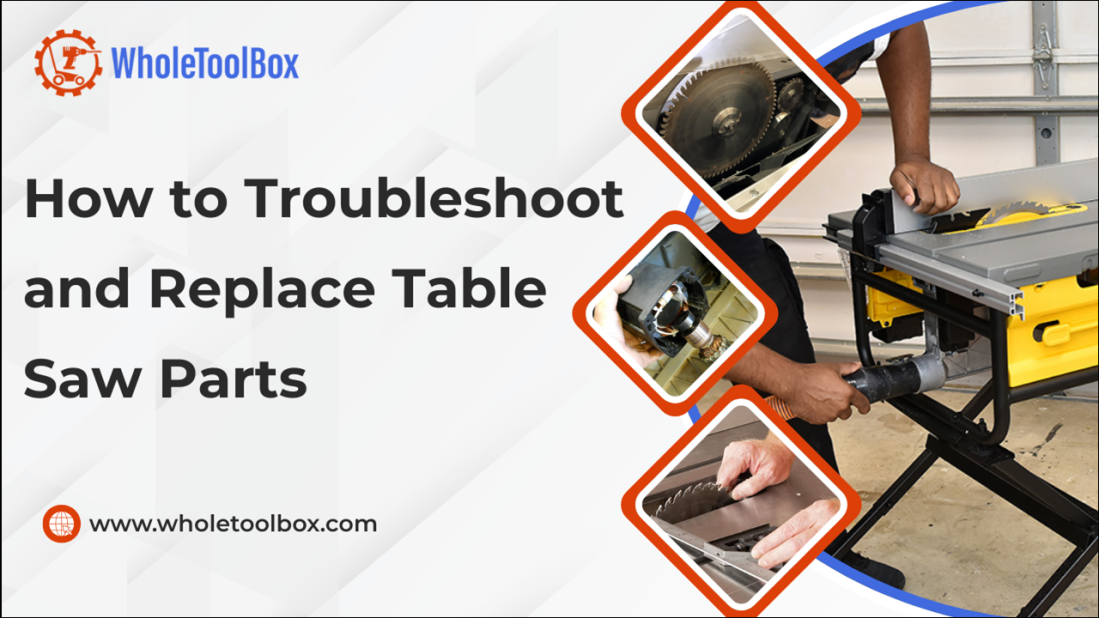


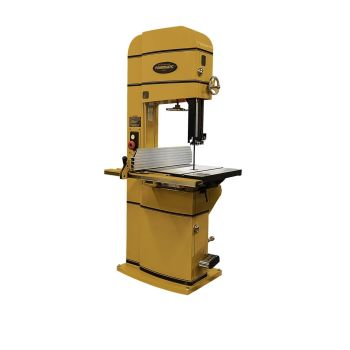
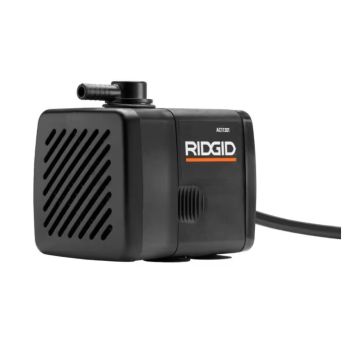
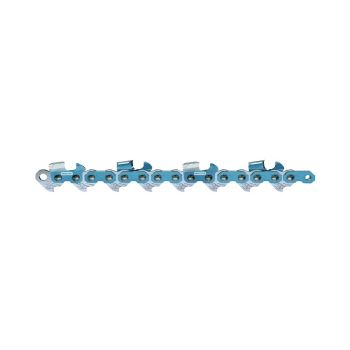
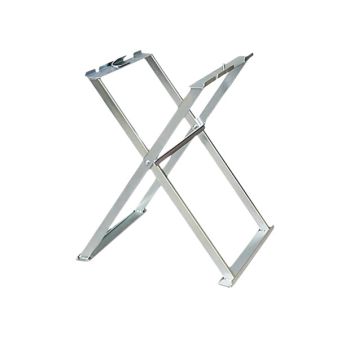
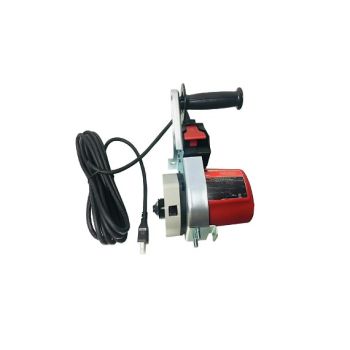
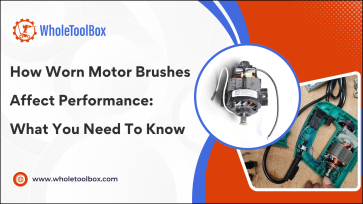




Validate your login